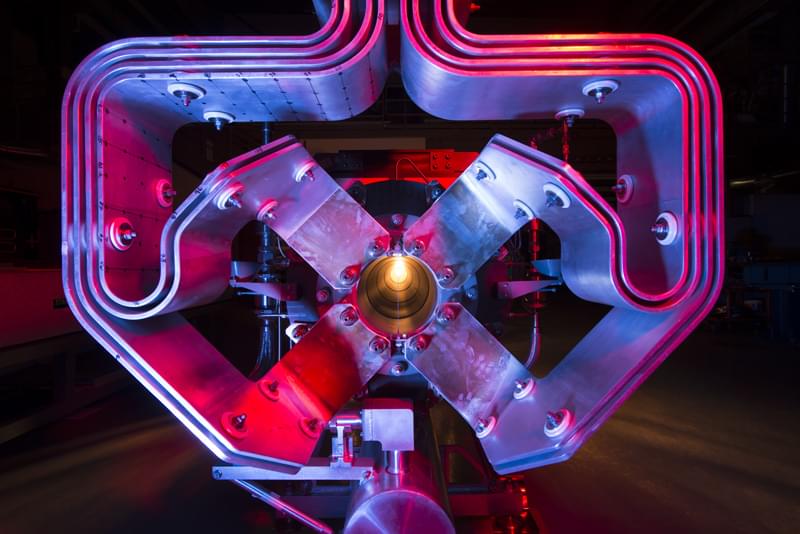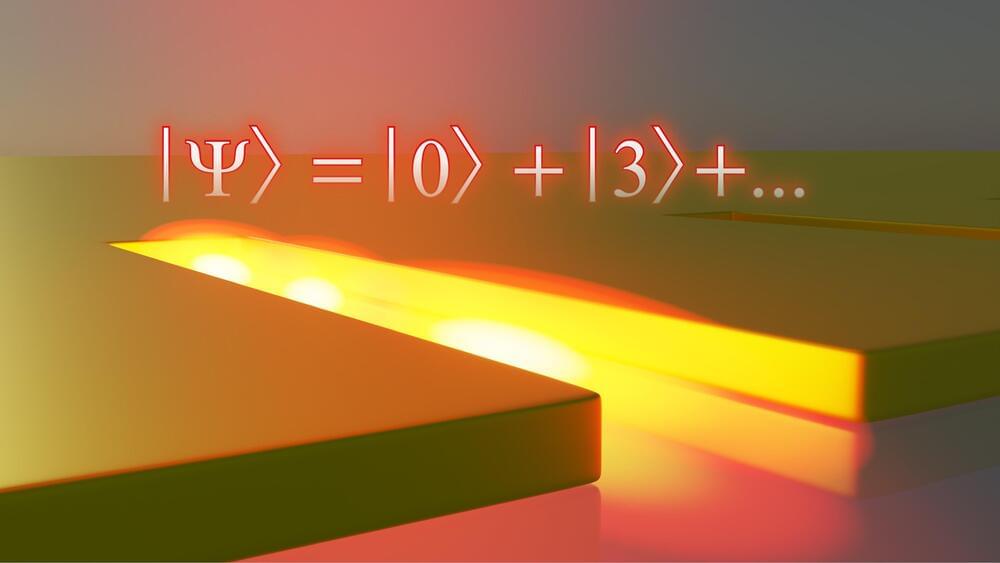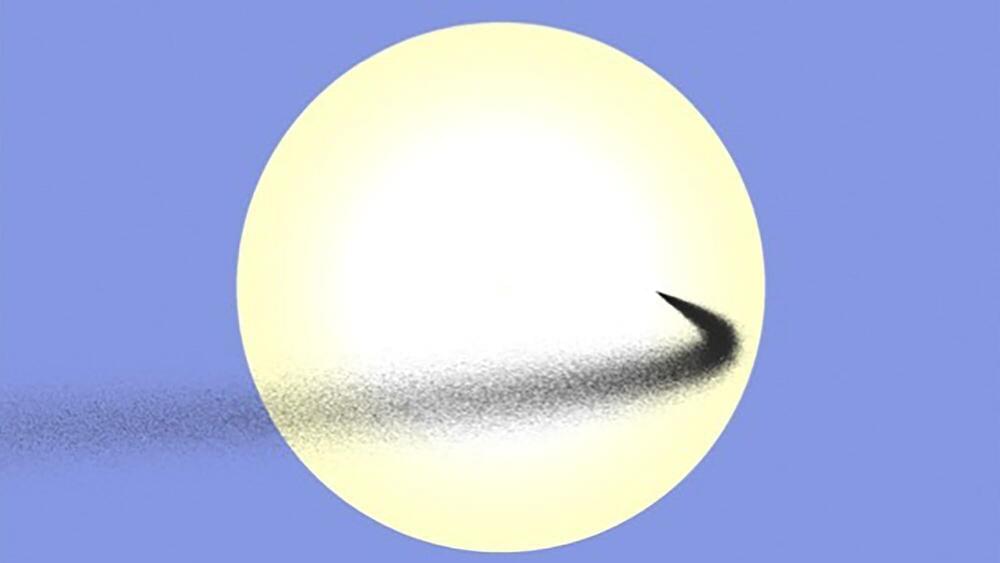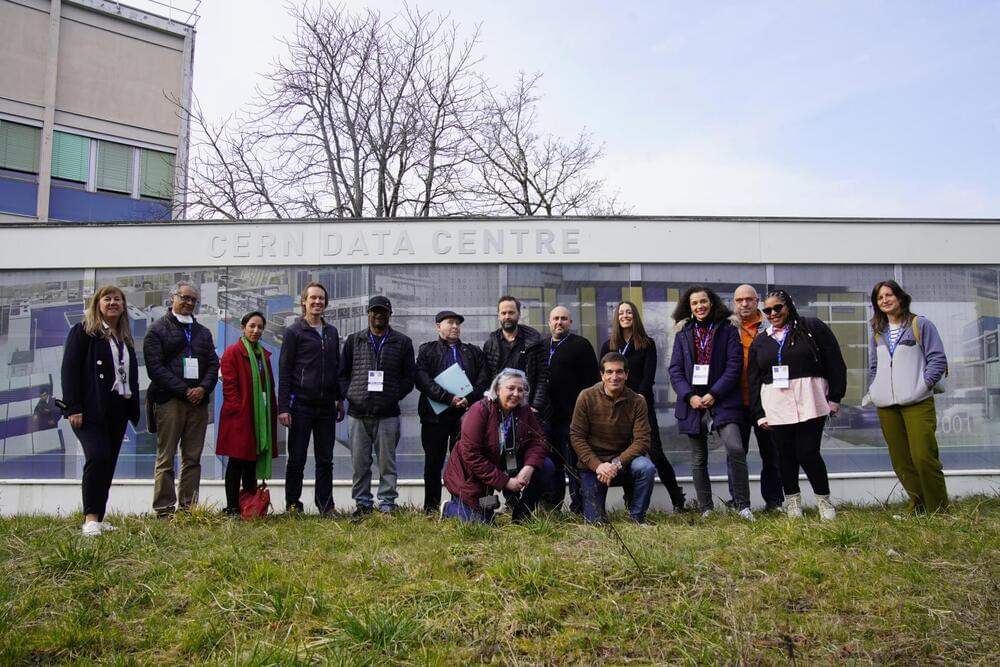Feb 19, 2023
Scientists From Tennessee Are Trying To Open a Portal To a Parallel Universe
Posted by Dan Breeden in categories: alien life, particle physics
Scientists at Tennessee’s Oak Ridge National Laboratory are attempting to establish a doorway to a parallel reality. The goal of the project is to depict a world that is nearly comparable to ours and where life is mirrored. The experiment’s leader, Leah Broussard, told NBC that the strategy is a little crazy, but it will completely transform the game. If the studies are successful, particles will be able to morph into images of themselves, allowing them to burrow through a solid wall. This might demonstrate that the cosmos we observe is merely half of what exists. Broussard revealed that he believes the test will yield a result of zero.
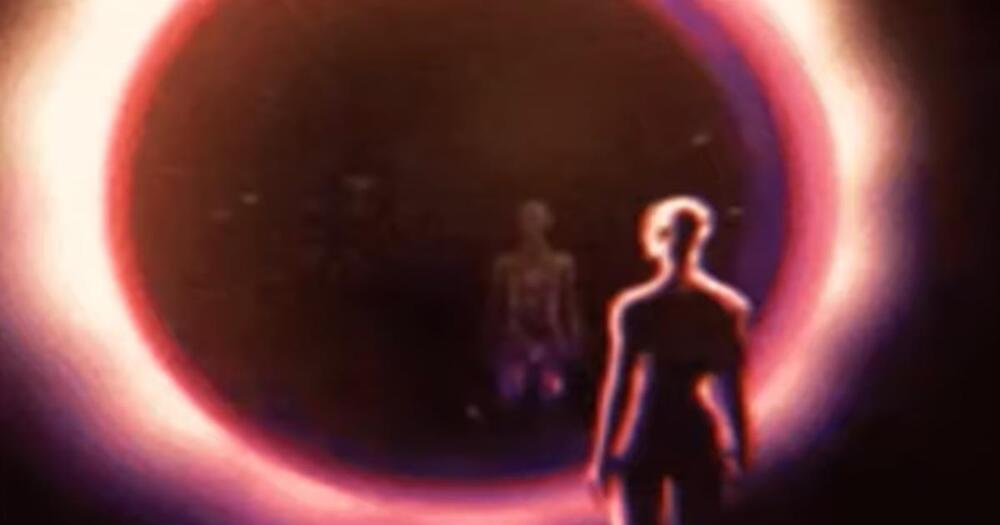
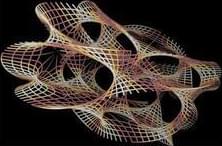
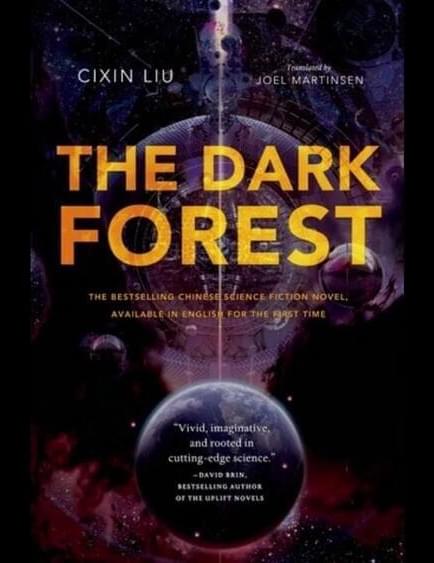
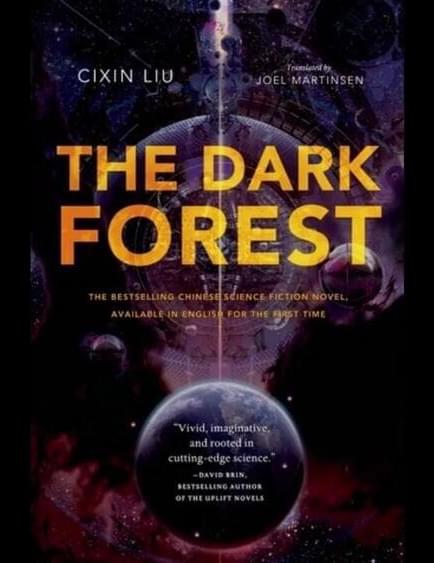
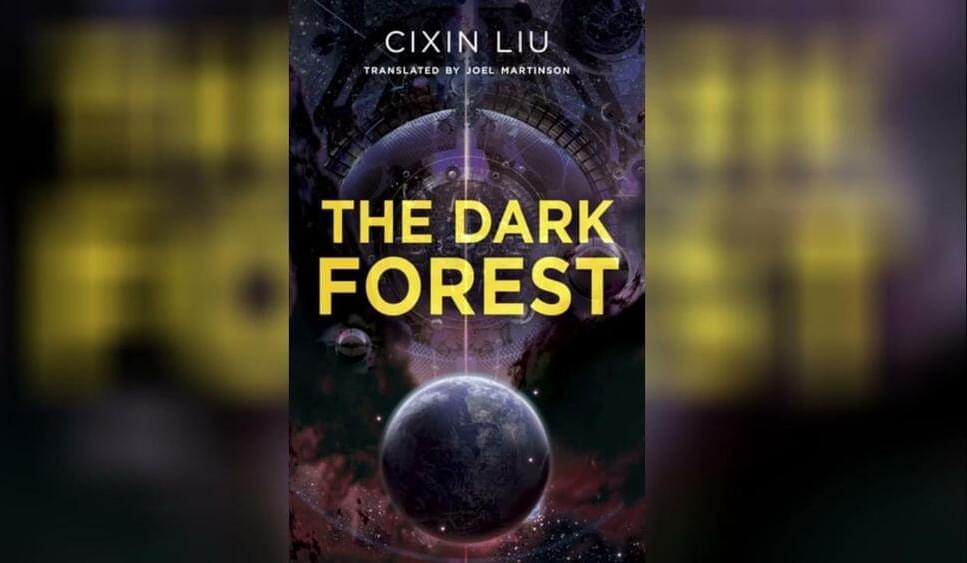
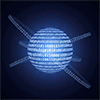 Considering a “computer” as anything that processes information by taking an input and producing an output leads to the obvious questions, what kind of objects could perform computations? And how small can a computer be? As transistors approach the limit of miniaturisation, these questions are more than mere curiosities, their answers could form the basis of a new computing paradigm.
Considering a “computer” as anything that processes information by taking an input and producing an output leads to the obvious questions, what kind of objects could perform computations? And how small can a computer be? As transistors approach the limit of miniaturisation, these questions are more than mere curiosities, their answers could form the basis of a new computing paradigm.